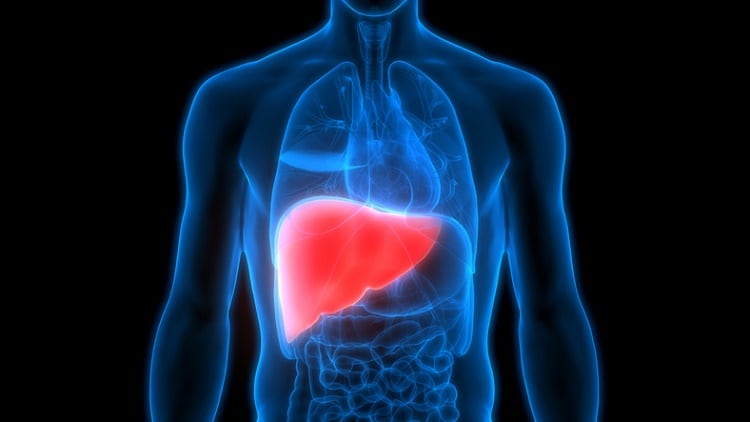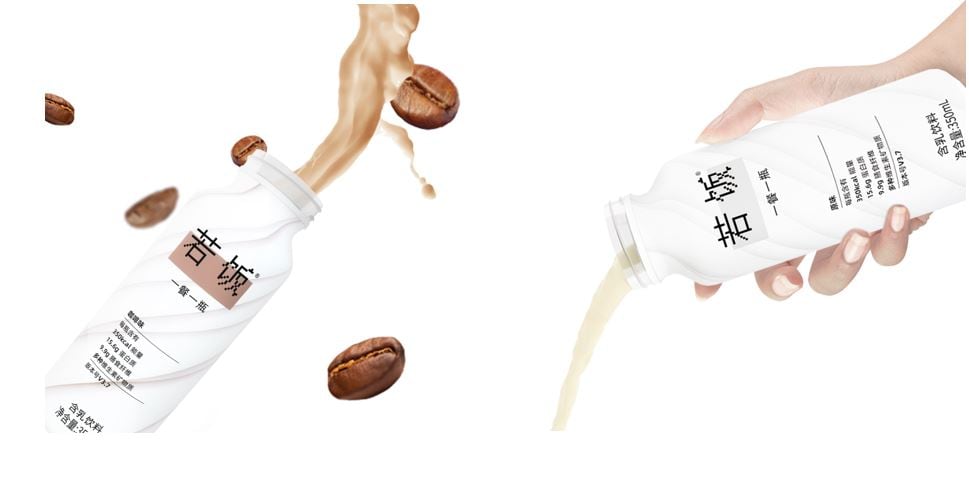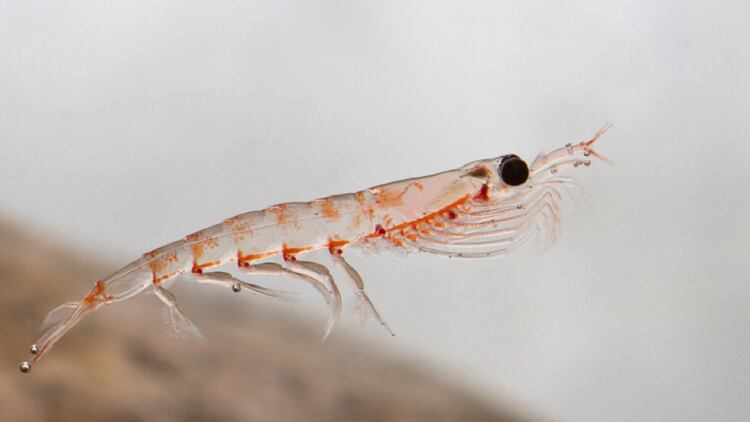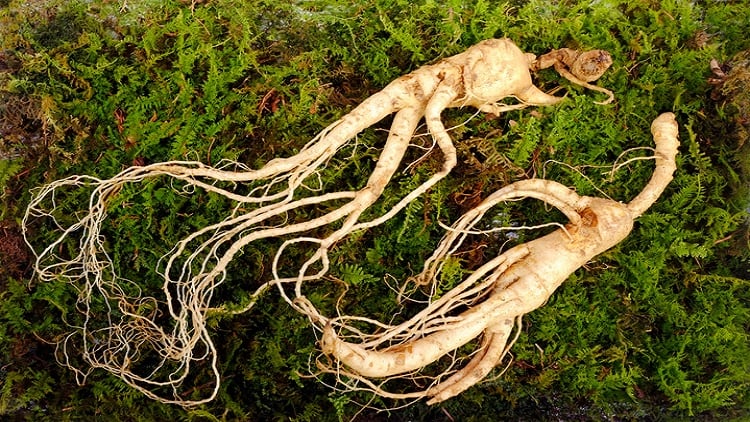This is following promising findings on how wheat germ, with its high antioxidant content, has improved NAFLD symptoms, including the suppression of free radical production.
The Rural Development Administration (RDA) announced that there are plans to incorporate wheat germ into functional health foods, such as juice and powder.
In its announcement, it said that wheat germ contained high antioxidant content, such as polyphenols and flavone glycosides.
For instance, dried wheat germ contains high levels of iso-orientin (a polyphenol) and flavone glycosides – about 1,360mg per 100g of wheat germ, according to research by RDA subsidiary, the National Institute of Food Science and Technology.
In fact, these components were about 50 times higher in wheat germ than in wheat seeds, the RDA highlighted.
In addition, octacosanol – a chemical that could enhance exercise performance and endurance – was also detected at 450m per 100g of wheat germ. This is also about 30 times higher in wheat germ than in wheat seeds.
These antioxidants were shown in cell experiments to improve non-alcoholic liver function damage (NALFD).
Following the findings, the institute said it would conduct technology transfer to companies to jointly develop and commercialise wheat germ-based health products.
“The results of this wheat germ study are expected to lead to the creation of health functional food materials that are excellent for liver health,” said institute director Kim Sang-nam.
“In the future, we will try to increase the added value of domestic food crops and put them into practical use,” he added.
Cell experiment
Using a cell experiment, the researchers found that wheat germ could lower the number of free radicals and increase the amount of glutathione, an antioxidant, in affected human liver cells.
The human liver cells were first induced oxidative stress using tert-butyl hydroperoxide (TBHP), before being treated with the wheat germ extract.
When wheat germ extract was provided at 50 μg/mL, the amount of glutathione increased by over 50% in the liver cells.
The number of free radicals in the liver cells, measured by the amount of reactive oxygen species, also dropped by more than 40% as compared to the non-treated cells.
No toxicity was found in cells treated with wheat germ extract.
Cultivation
According to the researchers, the content of the antioxidants in wheat germ was highest during certain period of the crop cultivation.
In field cultivation, the content of antioxidants was the highest when the shoot length was 15 to 20cm tall (about 20 days after planting).
Whereas in facility cultivation, the content was highest after nine to 12 days of plantation.





